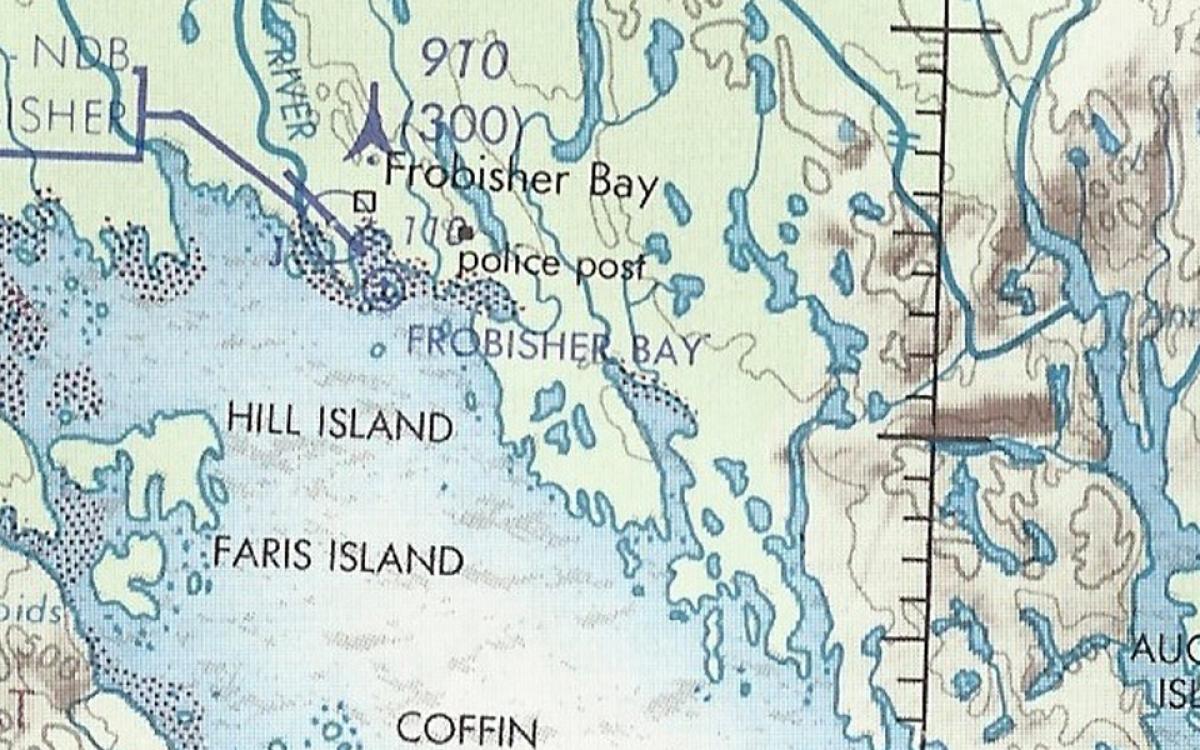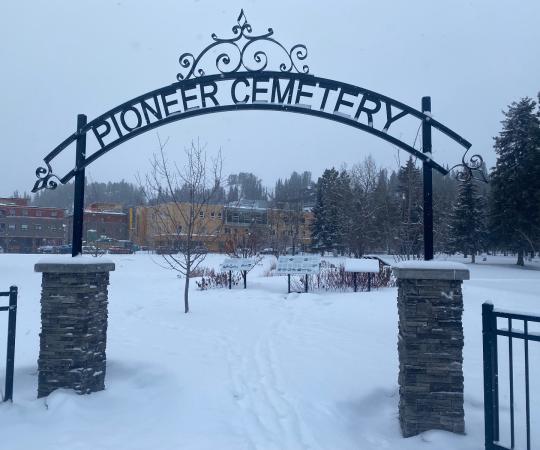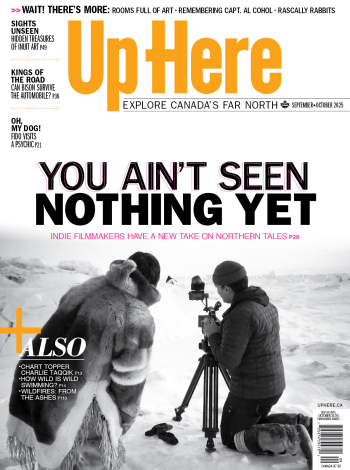During World War II, the U.S. Army Air Forces selected a lonely stretch on Baffin Island to use as an airfield to ferry planes from North America to Europe. The base brought Inuit from nearby settlements to the airstrip, at Frobisher Bay, and many eventually settled.
Mélanie Gagnon interviewed local elders about those early days for her Master’s degree, and eventually turned it into a book: Inuit Recollections on the Military Presence in Iqaluit (2002, available for purchase online). Below are some excerpts:
In early 1941 the United States Army Air Force, led by Captain Elliot Roosevelt (the president’s son), flew reconnaissance across the Arctic to find locations for their airfields.
“We were told by the Americans that there was a war going on … All of a sudden these airplanes started to fly over our camps, and we knew right then and there that we were going to die … At that time I was able to run fast, but the planes would disappear behind the hill. We had heard that they were going to bomb Kimmirut and Iqaluit.” – Peter Atsitaq
In late 1941, American ships arrived at Crowell Island, 50 kilometres outside the current city, to set up an advance base for the following summer.
“The Americans were first located on an island called Mialigaqtaliviniq [the place where there had been Americans.] They eventually moved here [to Iqaluit].” – Geosa Uniuqsaraq
“The boats were big … In the Pangniqtuuq dialect they call alliraq, those boats that can hold a lot of people inside … When they got close to us, we realized they were qallunaat wearing red life jackets. They put something on top of their boat and everybody got scared, because we had never seen anything like that. We thought it was a cannon. My family thought the Americans were going to shoot them, so they started crying.” – Tomassie Naglingniq
In 1944, the Canadian government purchased the airbase for $6.8 million.
“When there are arguments about the Americans, I tell myself that I must defend them, because they helped the Inuit so much. Perhaps the qallunaat would not be here, if the Americans had not founded this place. This town was founded by the Americans, not by the government. The government came here after the Americans. That is why I defend the Americans when people are arguing.” – Inuapik Saagiaquq
“The only difference with the Canadians was that we started paying for things. With the Americans everything was free.” – Kanaju Ipeelie










